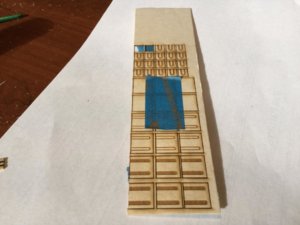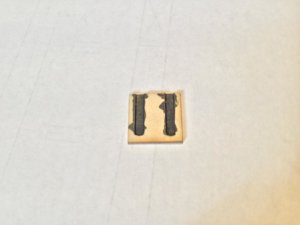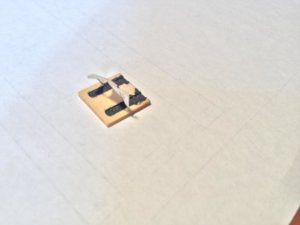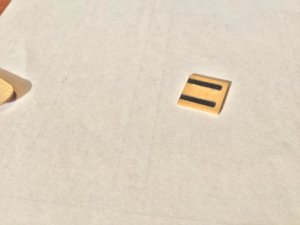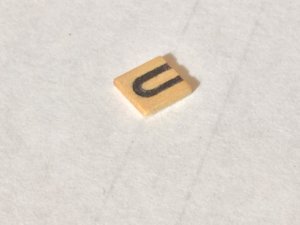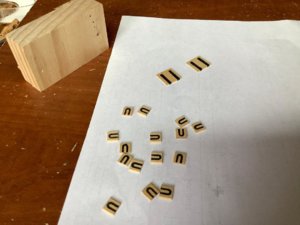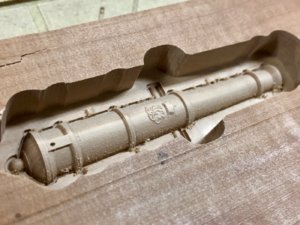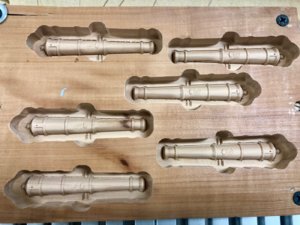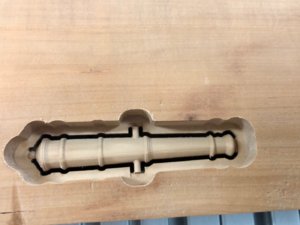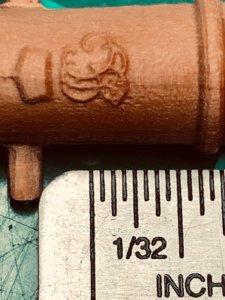I think gold would be too 'glaring' bright at this scale, as would light blue, and dark blue would be lost. Frankly, I would leave it as it is!I spent the last couple of days prepping and installing the sheer rail with it's supports. Again, made of pear, stained black. I don't have a mill, so to make assembly easier and more sturdy, I beefed up the sheer rail supports a bit compared to Mike's plans. This is OK, because the supports aren't even shown on the NMM plans or some contemporary models, but are on others. In any case, I think the rails turned out OK. The gun ports are a little taller than they would be a little further forward on the ship. This is due to the rising rails moving aft, and is shown on the plans.
There is a little groove plowed into the waist rail as a decorative trim (see arrow)View attachment 112155View attachment 112156View attachment 112157View attachment 112158. I'm considering painting this. Gold, or blue perhaps. Any thoughts?
Ted






